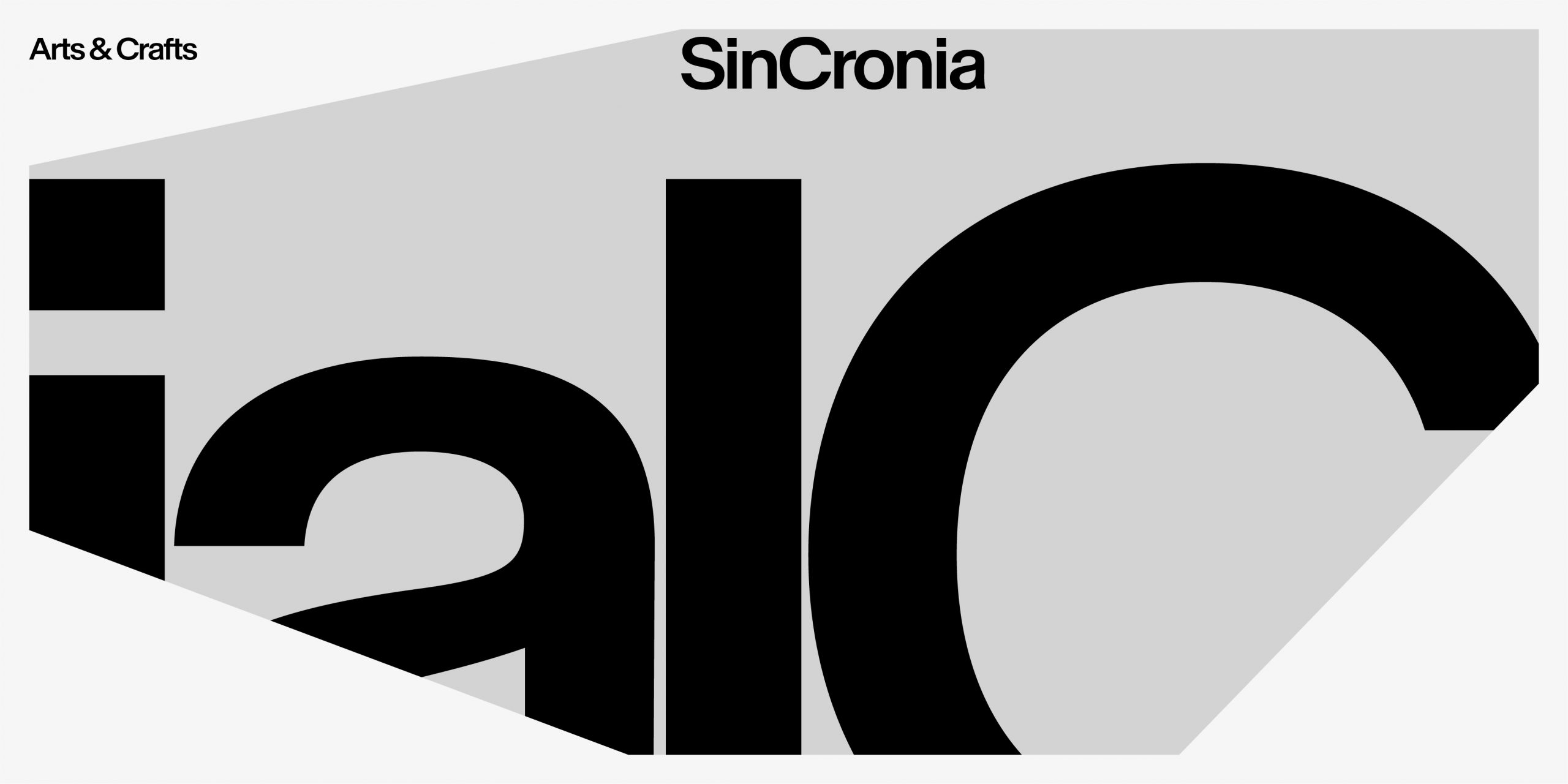
A society is defined by its art.
Overall, a community is sometimes reflected, as in a mirror, in the stories and objects it produces. The intrinsic narrative that (art) objects contain is organized as a conglomerate, like a social litany.
Tension of philosophical ideas, social aspirations and projections, collective traumas or psychological frailties, moral physiognomy or transcendental intelligence, technical elevation, revelations of human dignity or prosaic preoccupations of the banal, mediation on seriality, bioethical war anxiety, “human civilization of desire”, the revolution of the body are just a few directions that the art of a society develops.
European cultural and artistic societies have balanced and influenced each other through a “centre” philosophy. Cities such as Athens, Rome, Bruges, Venice, Antwerp, Genoa, Amsterdam, Paris, London, Berlin were like “pharmacies of happiness” towards which the whole of Europe needed to be… synchronized.
In 1826 Dinicu Golescu published “Note of my journey” in which he describes what he had seen in the countries of Western Europe, namely how society as a whole had developed at an accelerated pace. Dinicu Golescu understands that in order to benefit from a social and cultural development, institutional and cultural networks must be established. The Pașoptist movement rediscovers the Latinity of the Romanians, prepares the first major modernization of the Romanian society and actively develops the idea of synchronicity.
Taken from French sociology, especially from Gabriel Tarde’s theory of imitation, Romanian synchronism is a concept theorized for the first time by Eugen Lovinescu in “History of modern Romanian civilization” and “History of contemporary Romanian literature”.
In 1960 C.G. Jung and physicist W. Pauli publish “Synchronicity: An Acausal Connecting Principle.” Synchronicity is seen as a process that engages objective manifestations (the physical world) but also some subjective manifestations (the individual psyche). Synchronicity is composed as a philosophy of significant coincidences, on belonging to a centred and central social and cultural design.
The exhibition SINCRONIA, a research in time (cf. gr. Chronos) of transgression (cf. en. Sin – the offense of breaking, or the breaking of, a religious or moral law), of language, forms and ideas, is “the ability to enter our pool of resources-knowledge, intuition, information, inspiration and all the details that pollute our minds … and to combine them in new and extraordinary ways” (Marina Popova).